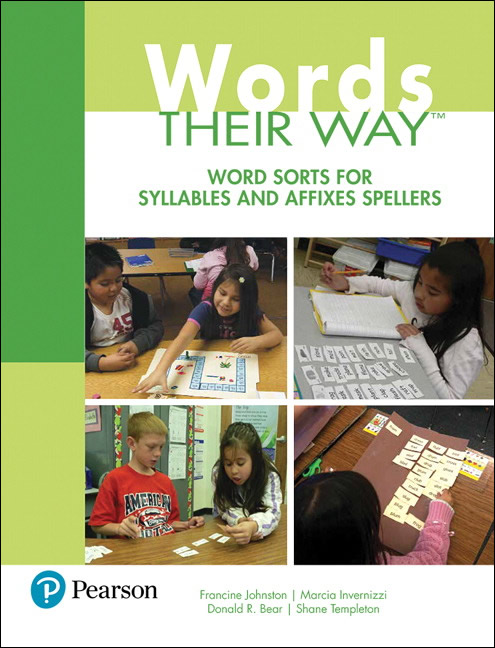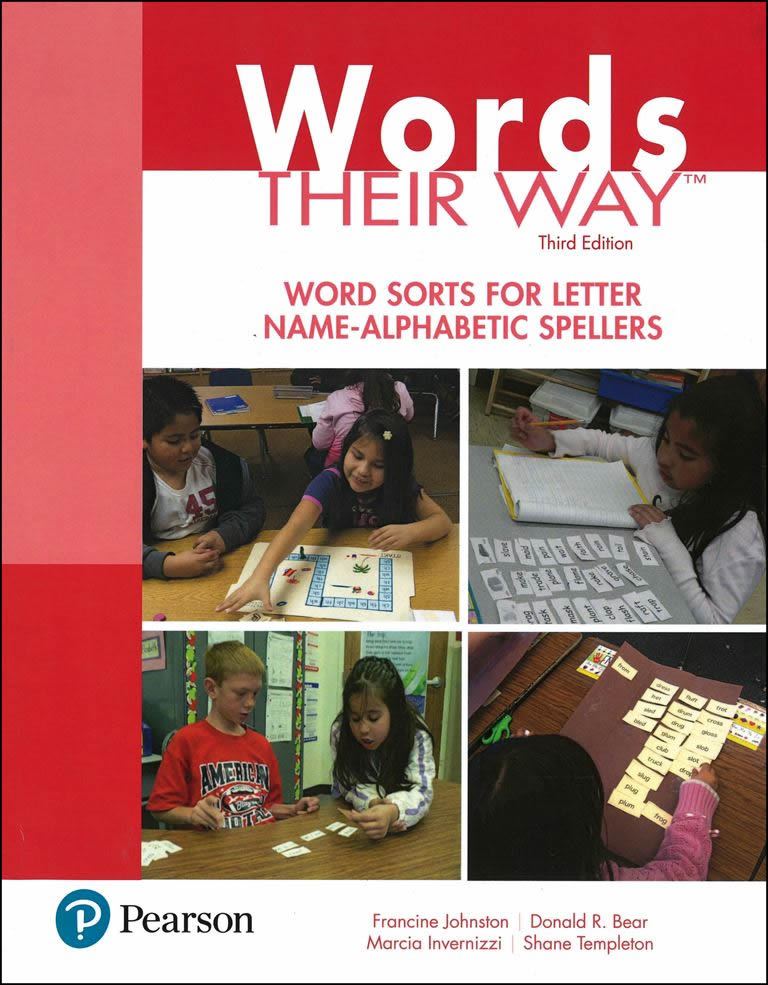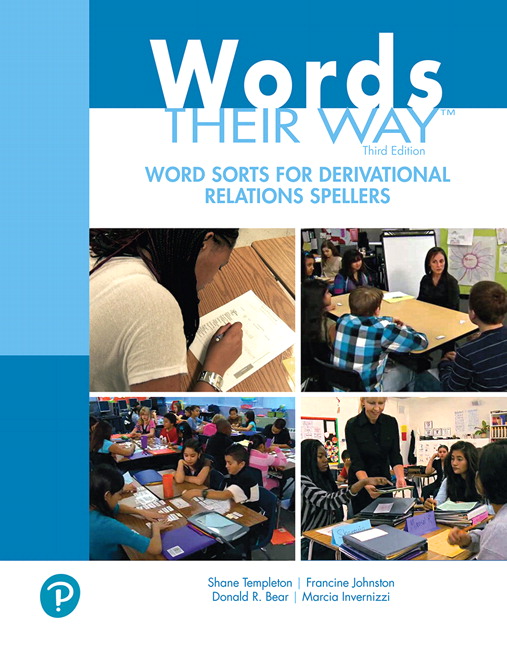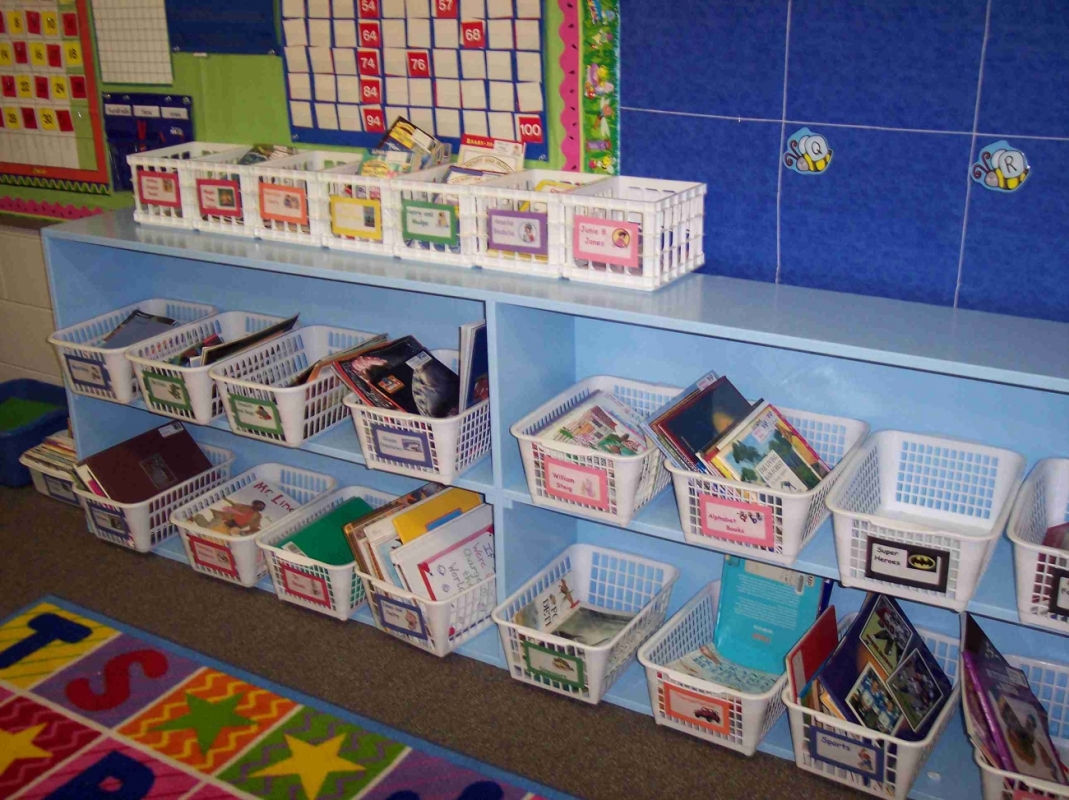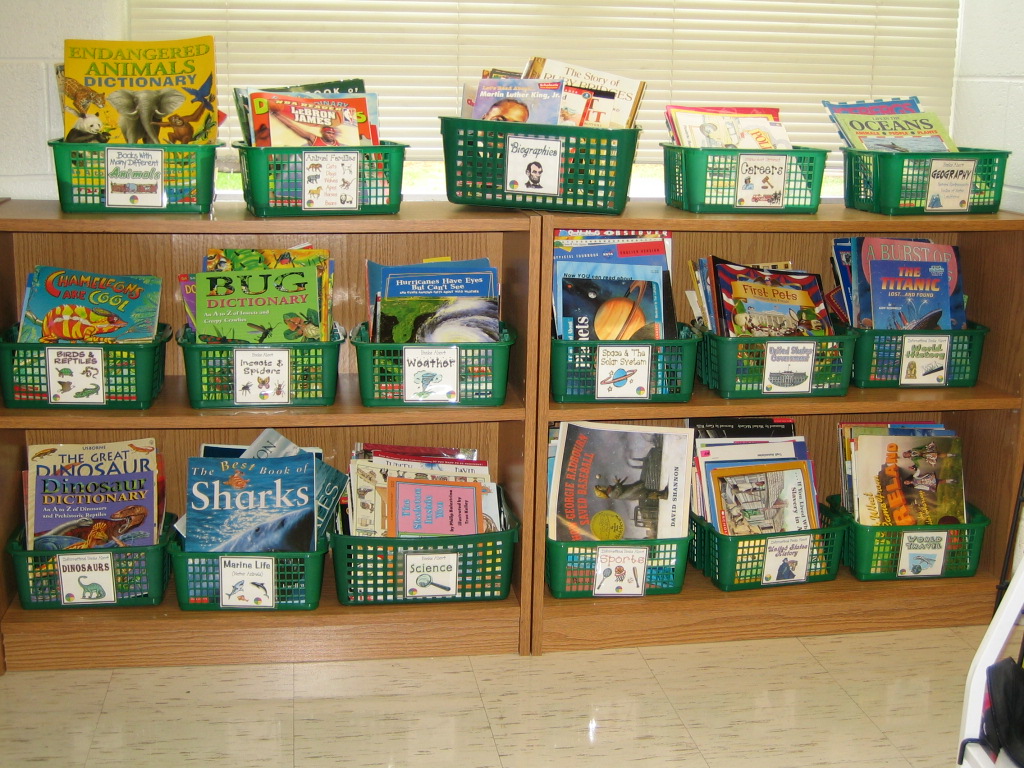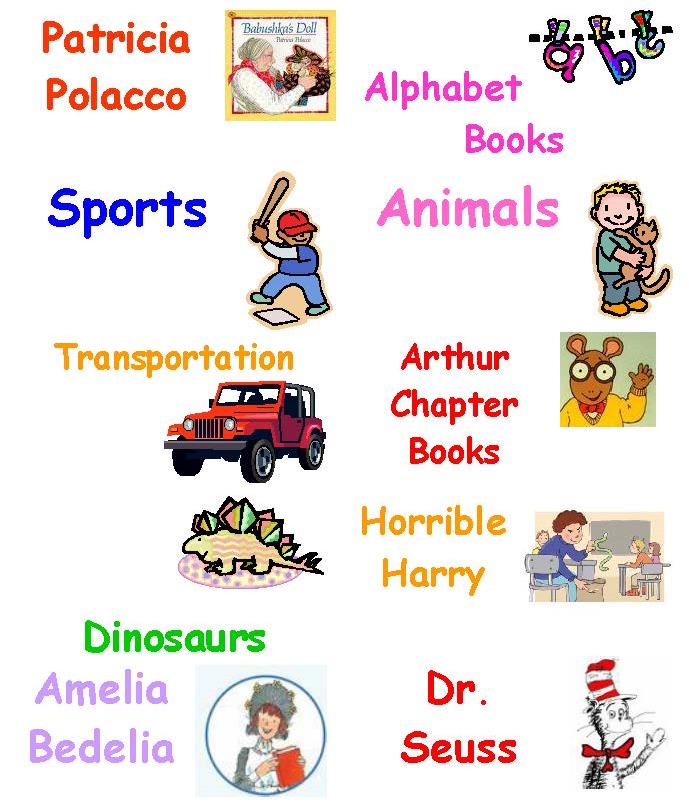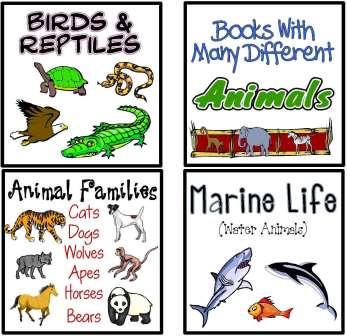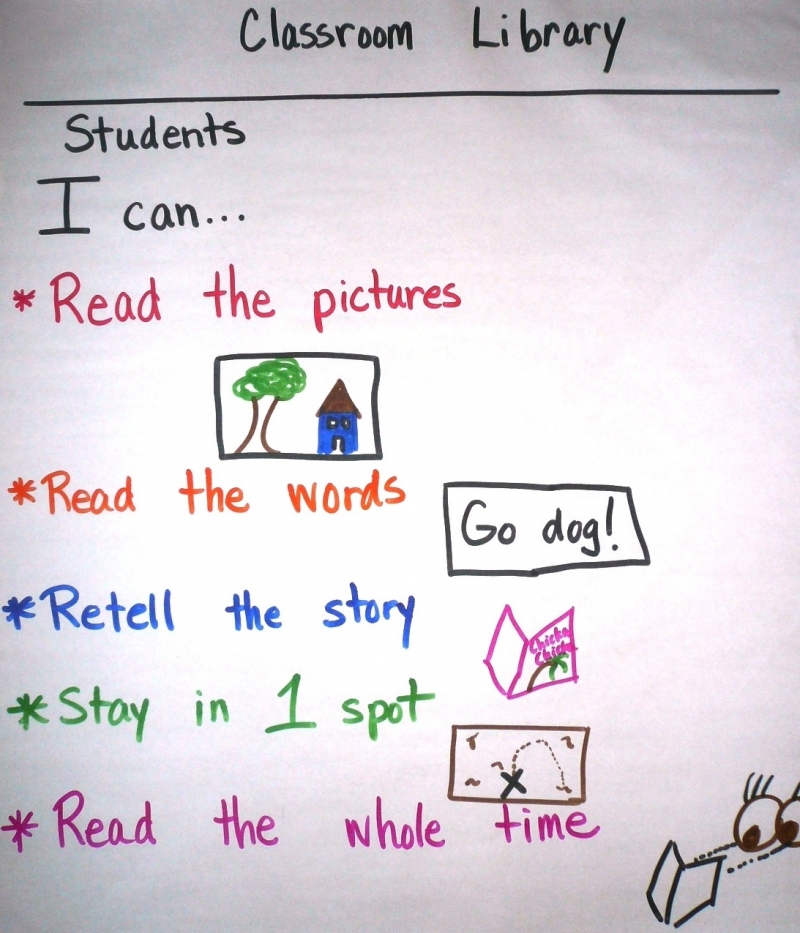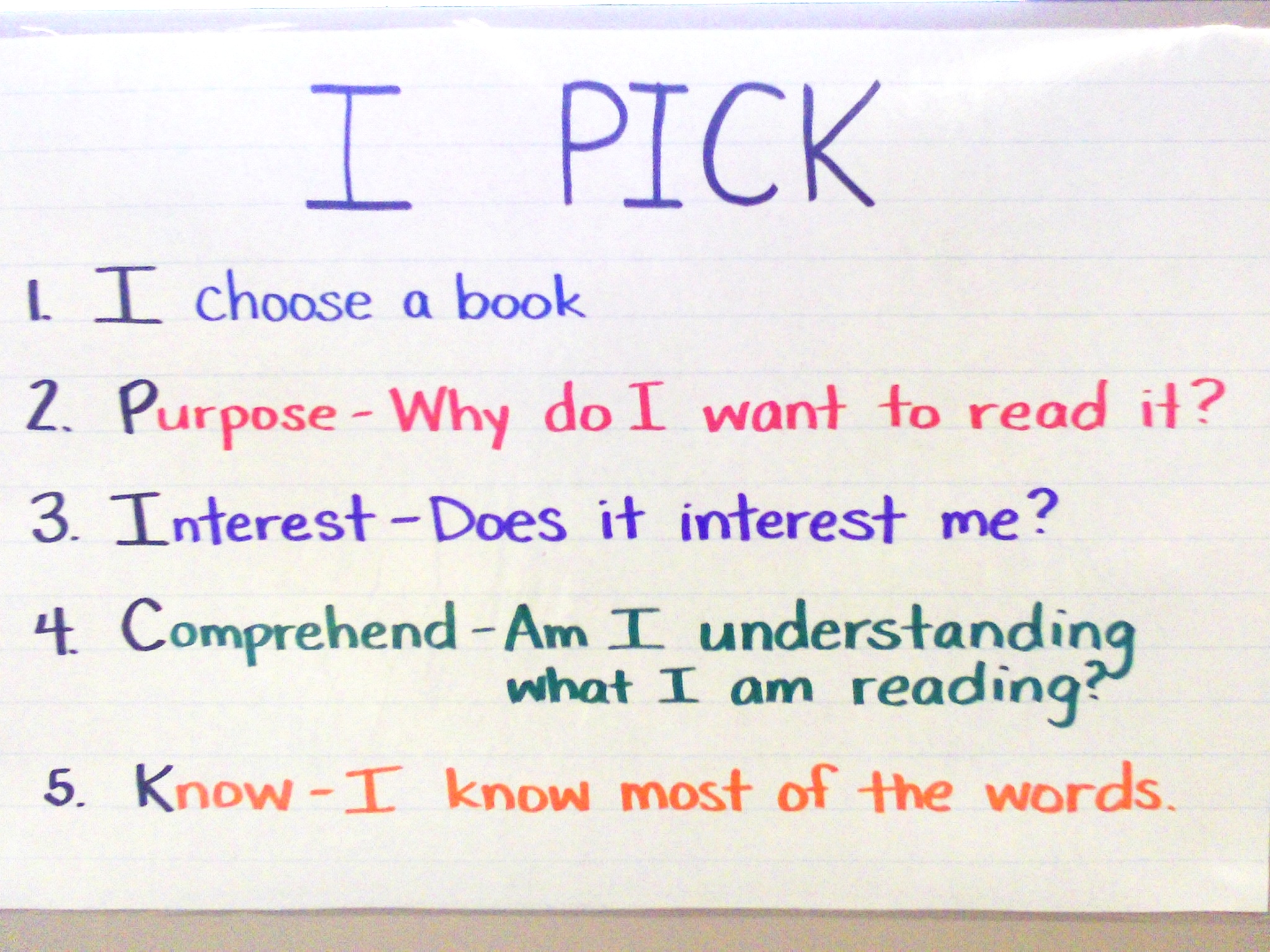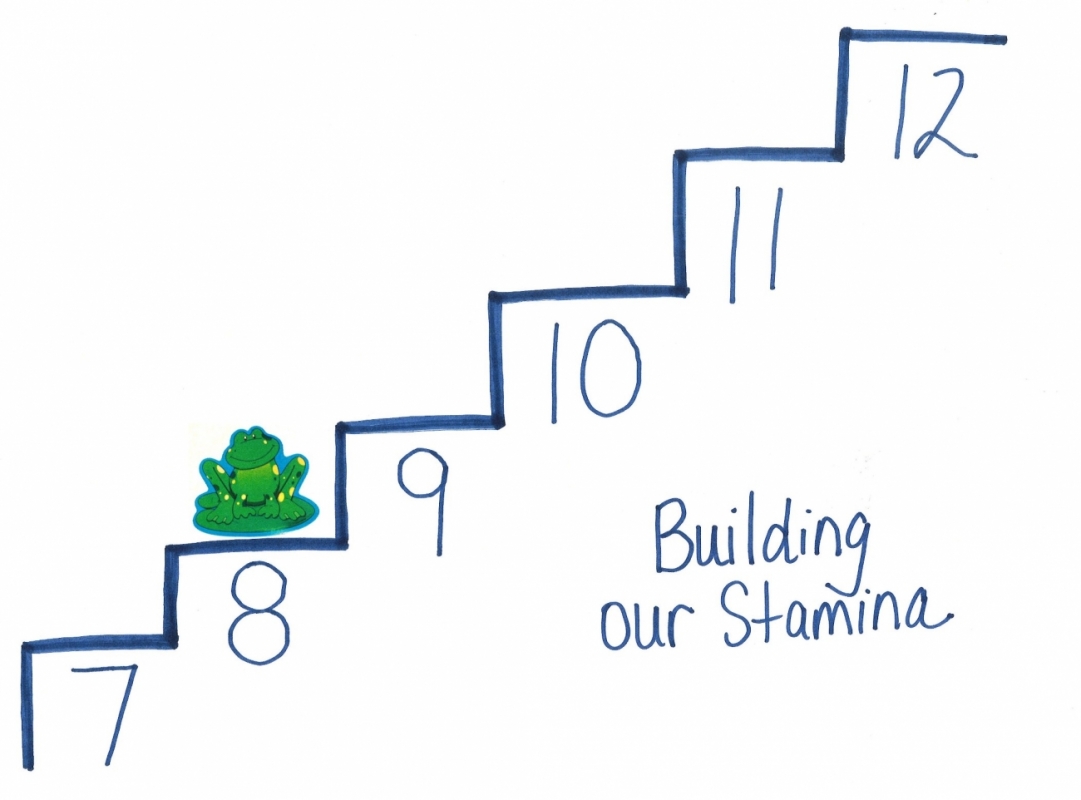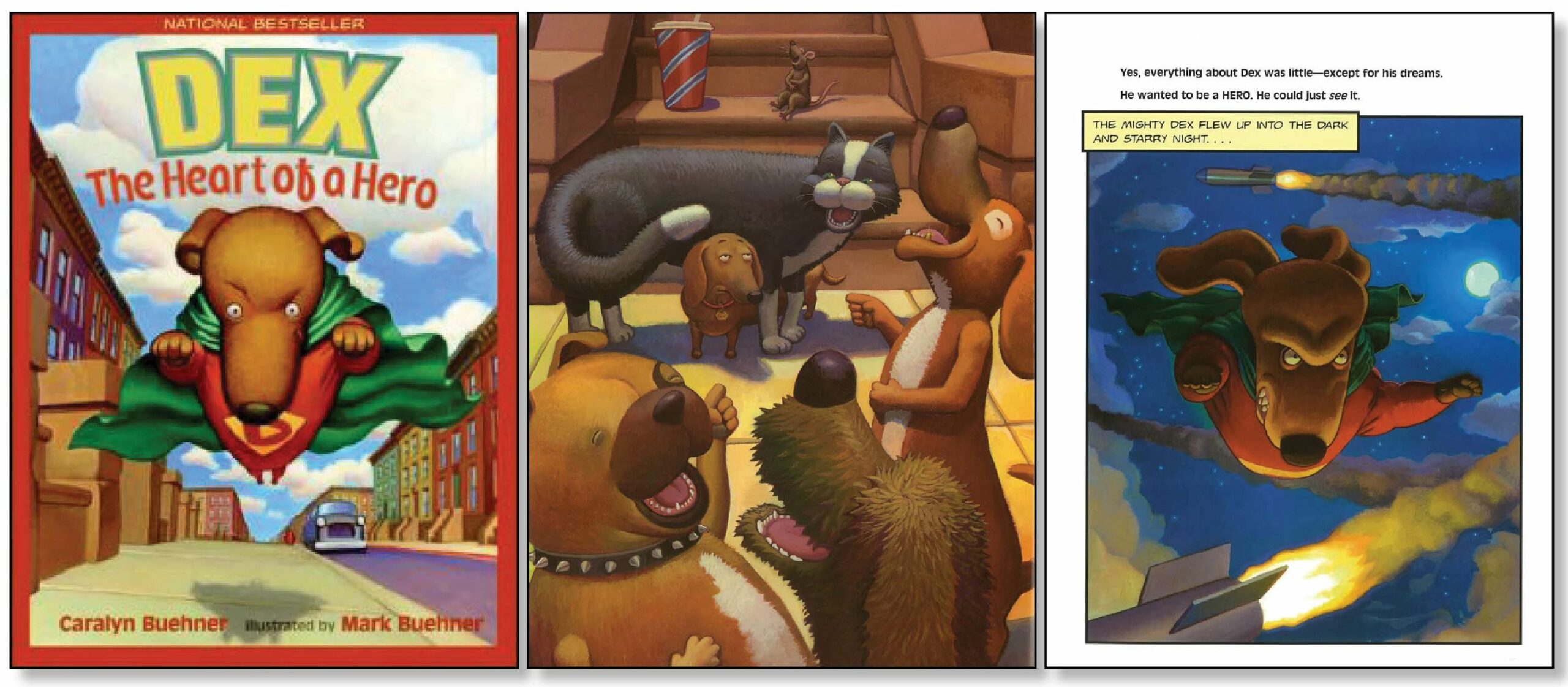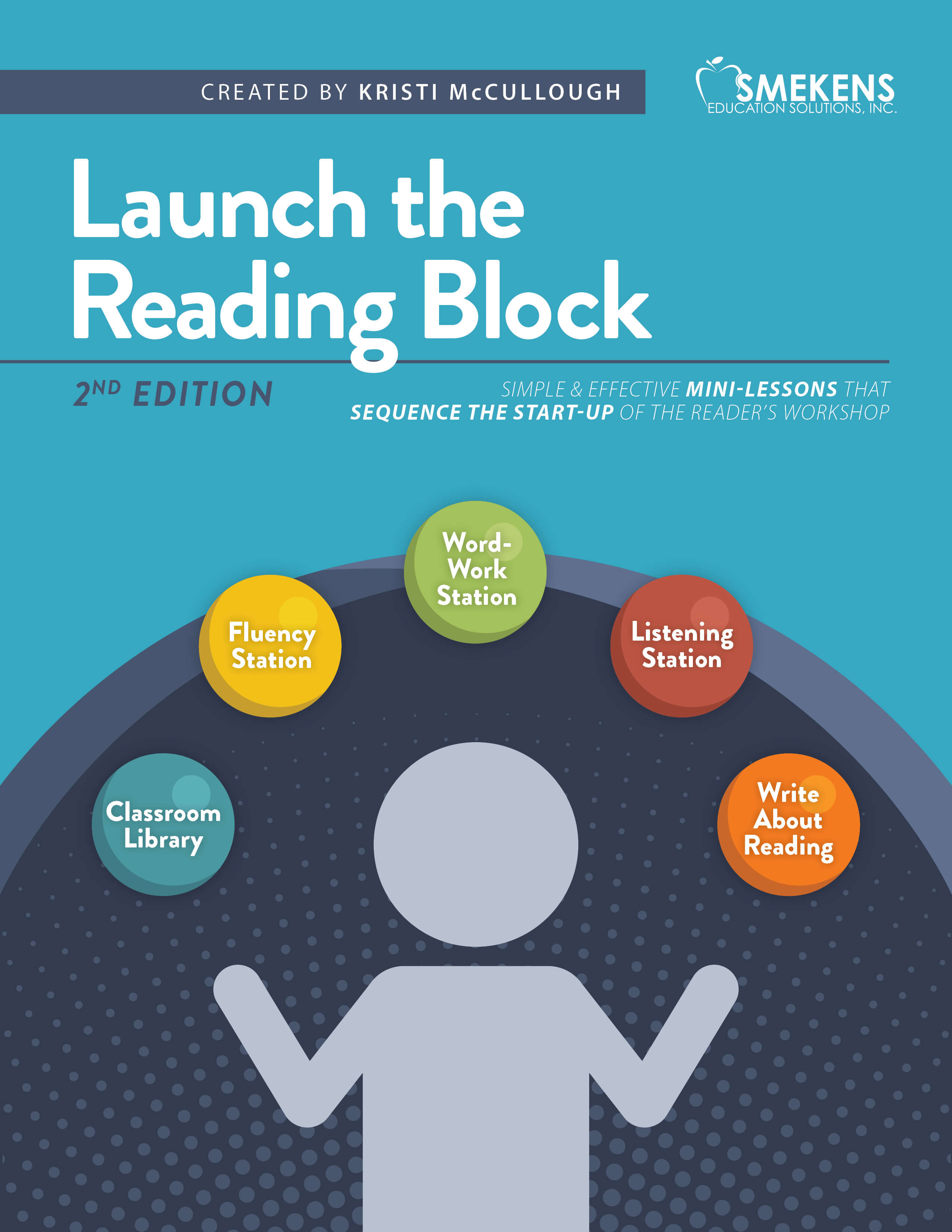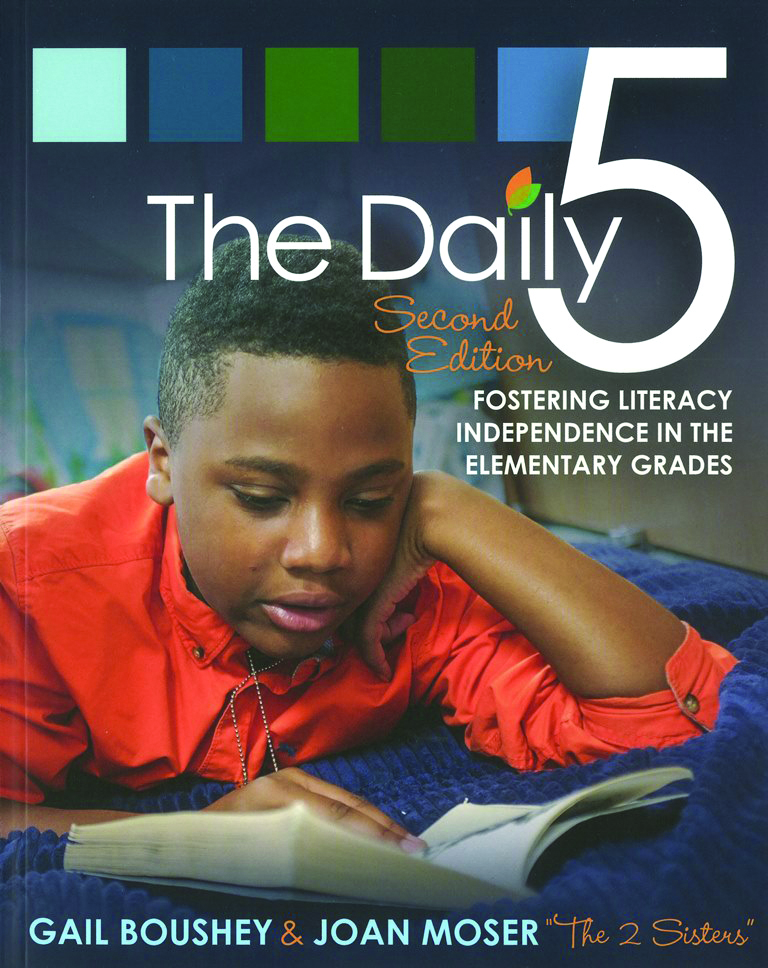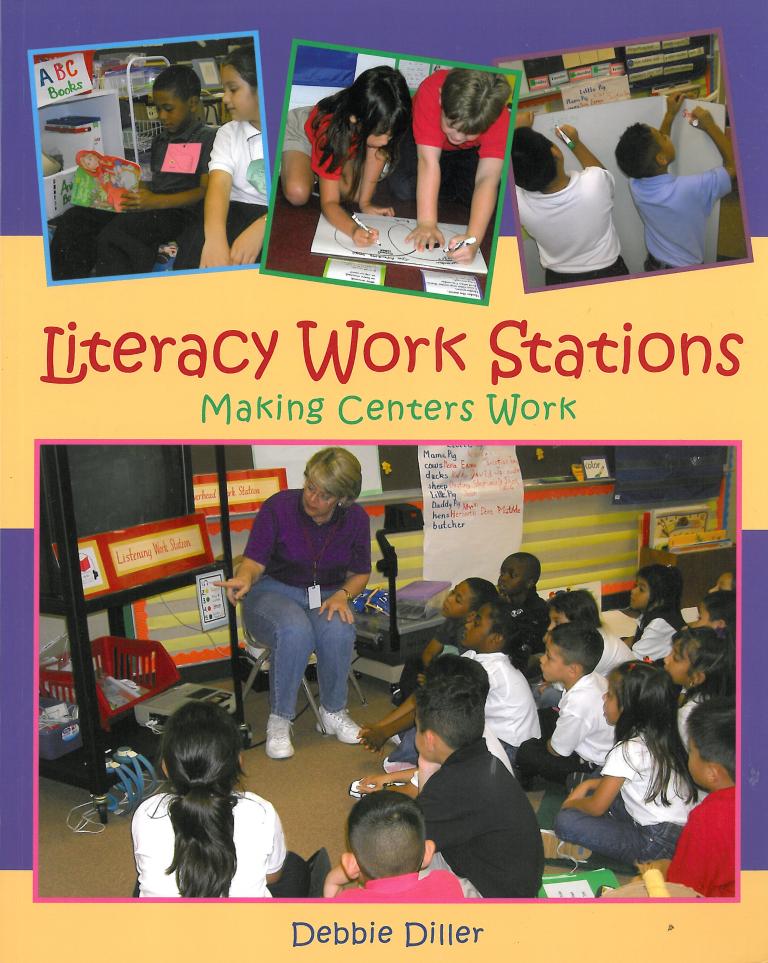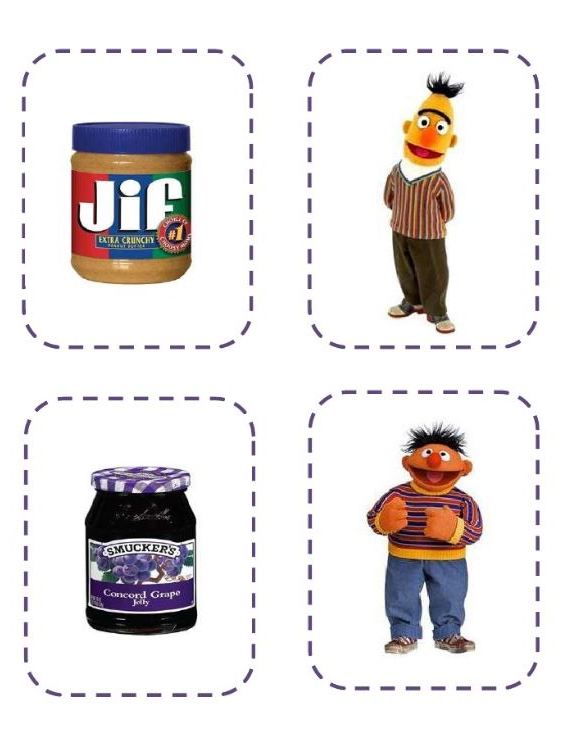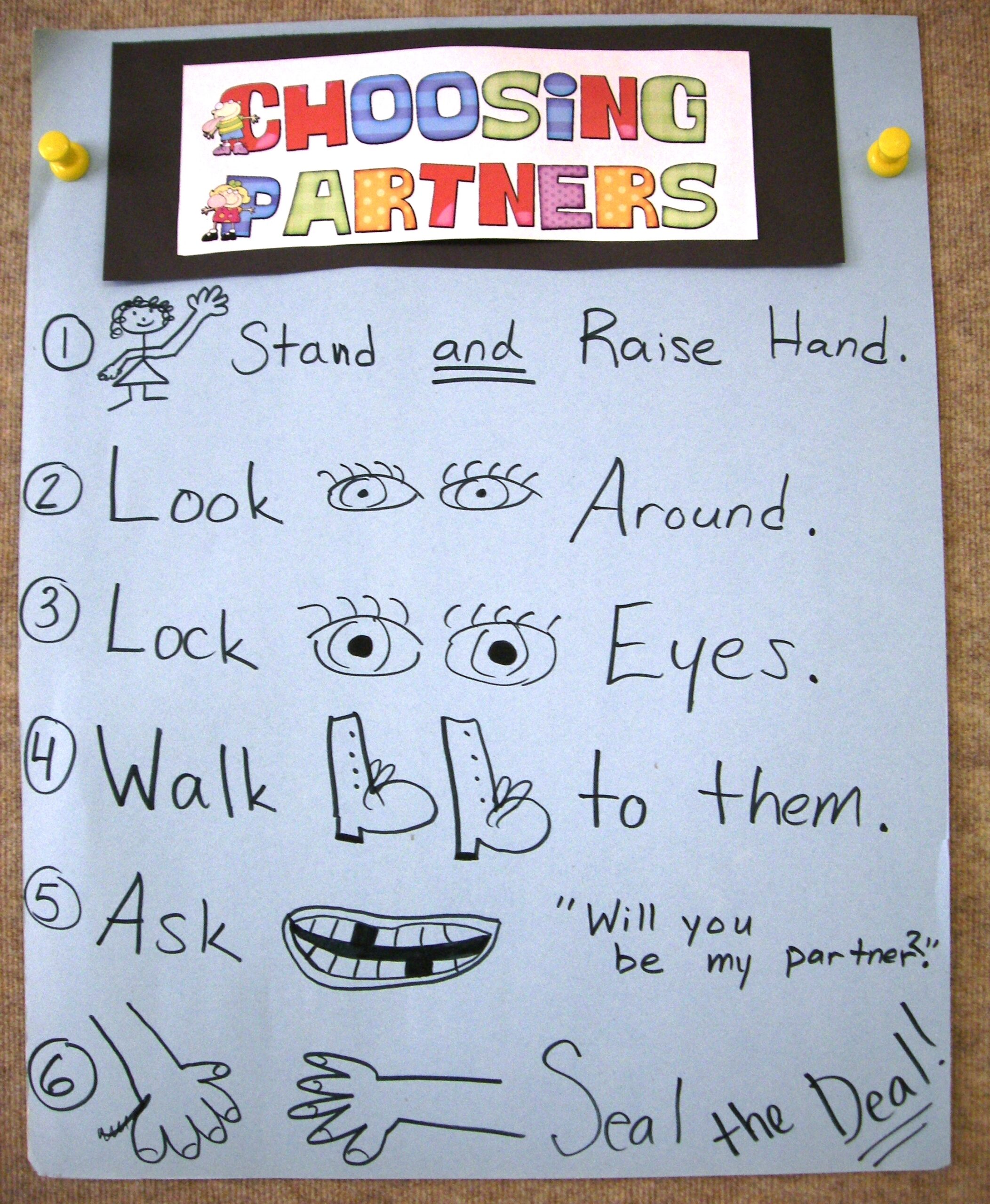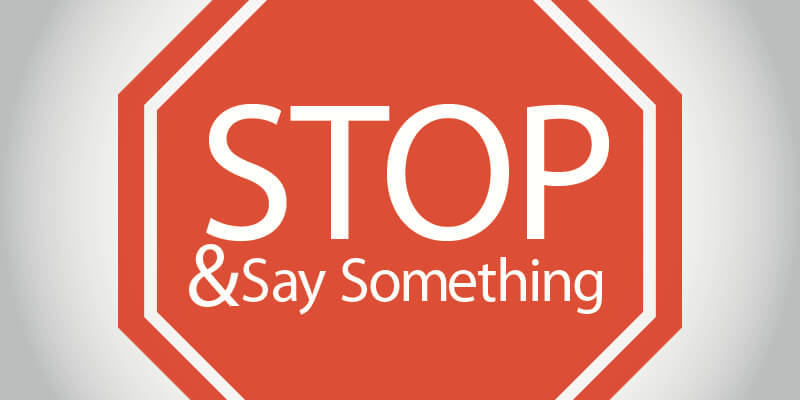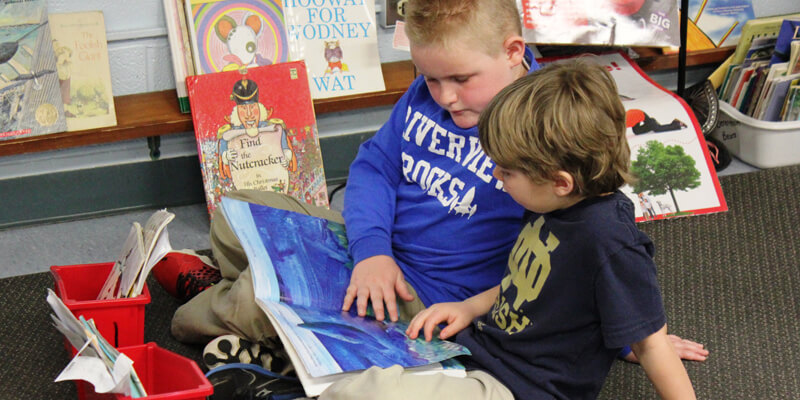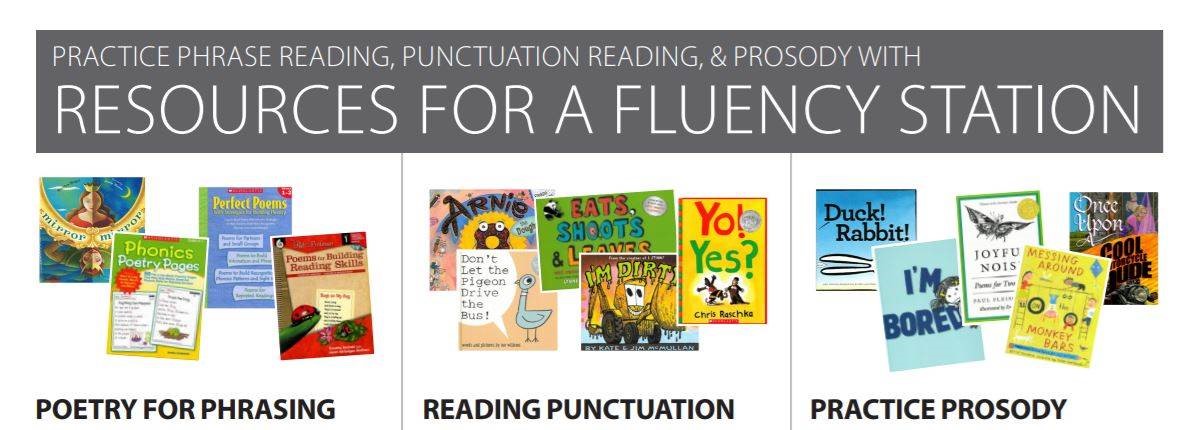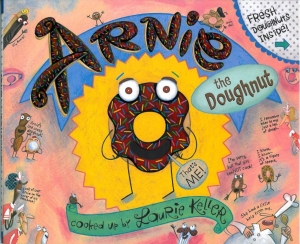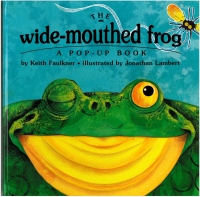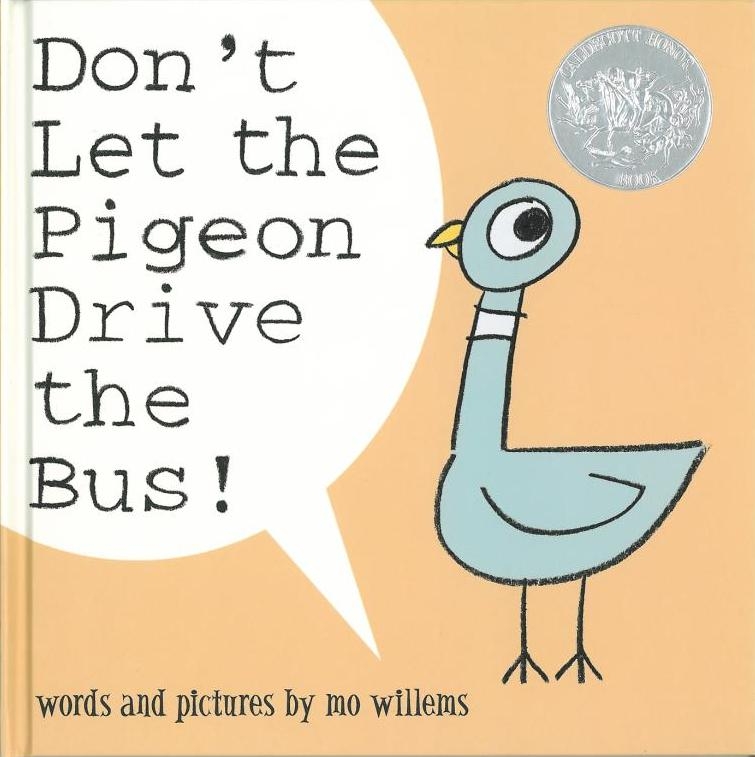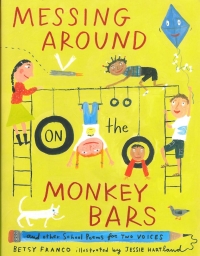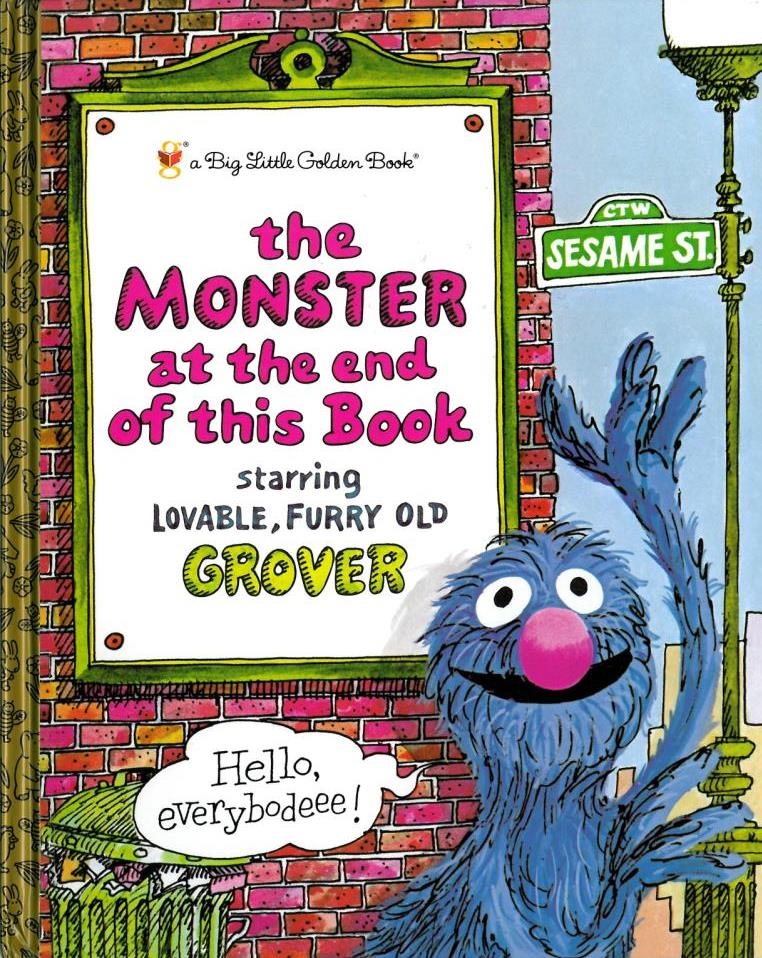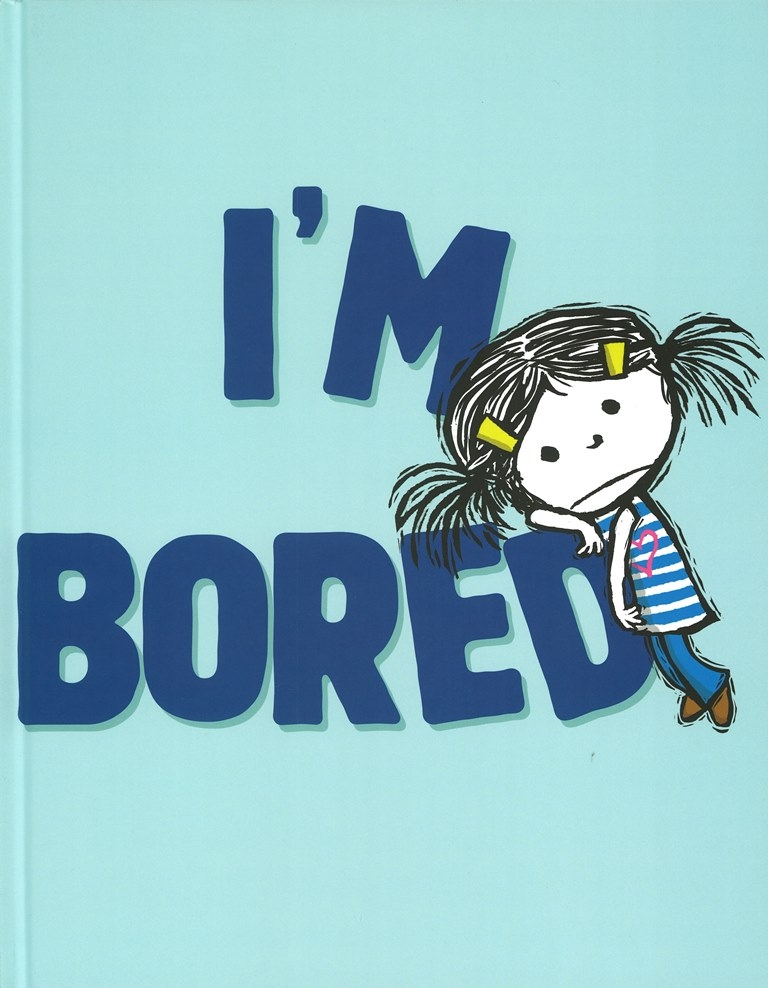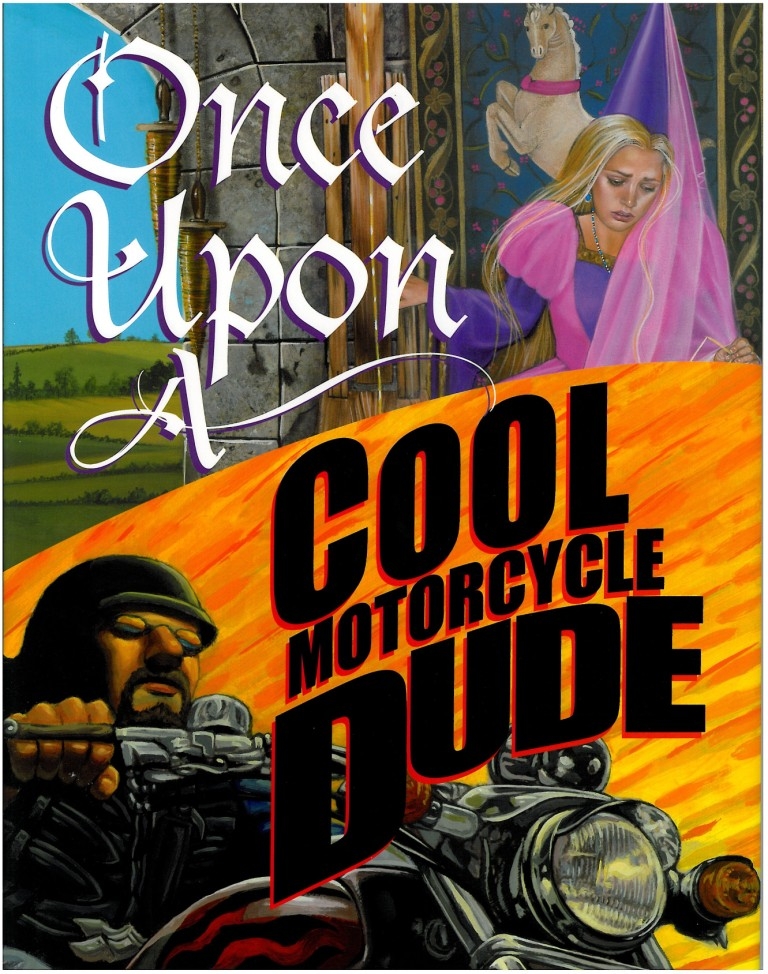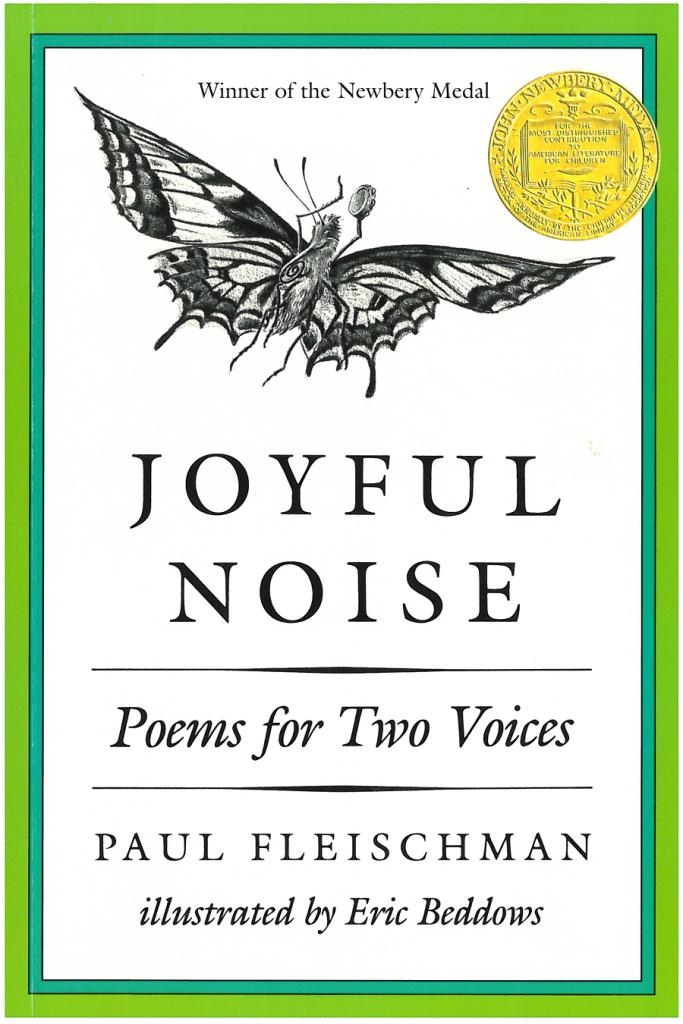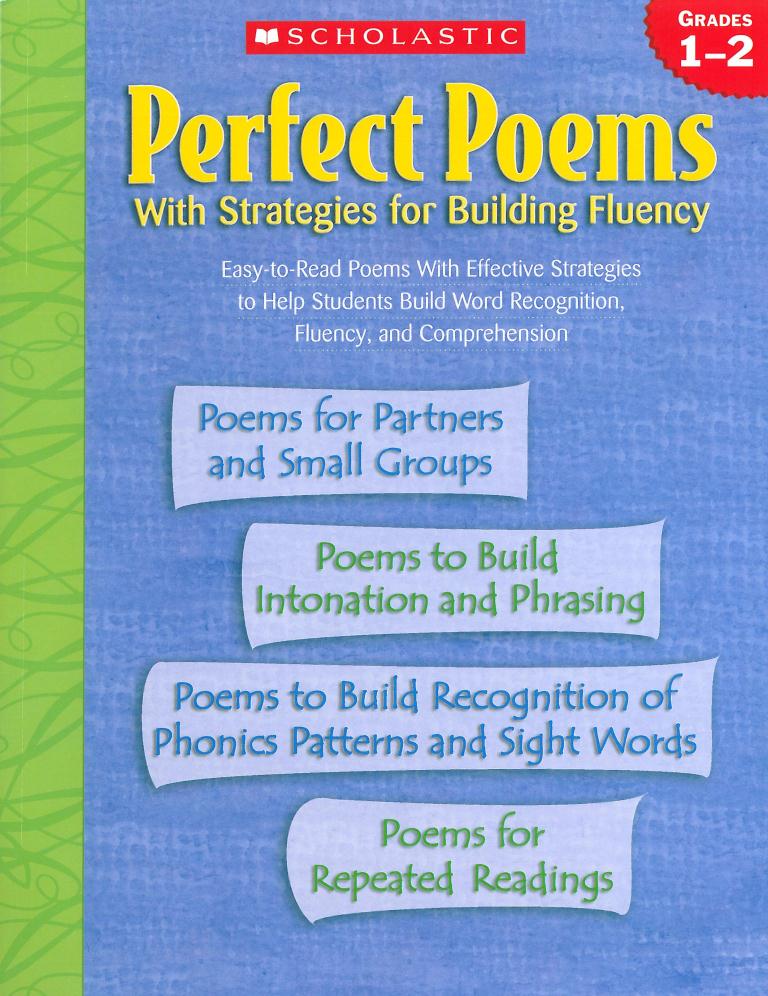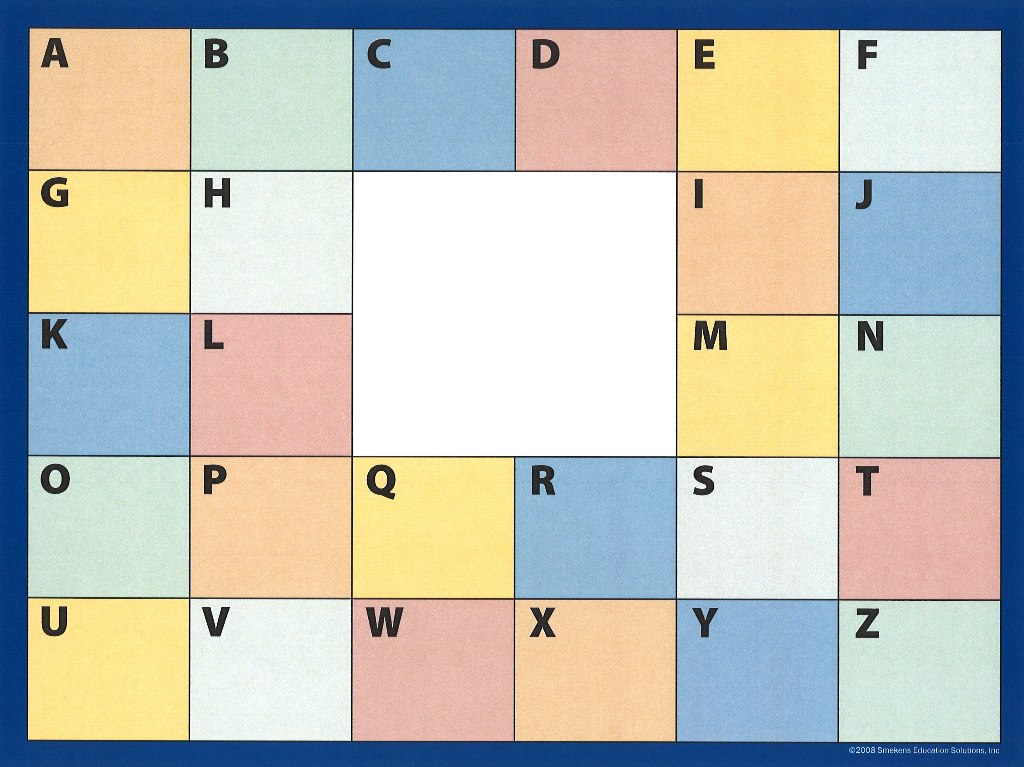An Introduction to Literacy Stations
SECRET SITE
Quick Links
Station #1: CLASSROOM LIBRARY
Get texts & room physically organized
Organize your Classroom Library by genre, author, or topic to entice students to read books in their areas of interest.
- Beth Newingham offers great FREE resources for teachers with advice and labels: Gazette’s Printables.
- Reading Rockets article for step-by-step directions to set up a classroom library.
Many teachers are using a device to organize books and offer students a checkout system. If you are interested in getting your books for your classroom organized digitally with a tracking system, check out the Library Thing recommended by Mandy Gregory and Jessica Meacham or visit Classroom Organizer for another free way to organize your library.
Record desired behaviors
Use anchor charts to help students learn procedures for Classroom Library.
“I Can” chart from Nancy Hodge’s first grade Southeast Elementary
“I-PICK chart with simple steps
Practice & build stamina
The key to building stamina is to give each student a sampling of books and have the whole class practice reading independently at the same time.
After setting up the Classroom Library physical location, use these tips & tricks to teach students how to read independently while practicing the action of Classroom Library.
Use visual displays to help grow reader stamina bit by bit until students achieve the desired number of minutes of reading independently during the Classroom Library.
Nadine Gilkison uses a PowerPoint at the beginning of the year to keep track of time while students are building stamina.

Reading Stamina Timer Grades 1-2
PDF | PPT | Google Slides*

Reading Stamina Timer Grades 3-5
PDF | PPT | Google Slides*
*How to set the timer
for the Google Slides.
Dex, the Heart of a Hero, by Caralyn and Mark Buehner is a mentor text about a little dog who builds his stamina to reach his big goals.
Consult professional resources
Station #2: FLUENCY WORK
Reveal partner procedures
Michelle Lundy uses Partner-Picking Cards
to randomly match up students.
Jessica Meacham’s 6-step anchor chart for Choosing Partners for fluency practice.
Teach students to have a role as the listener when working with a fluency partner. Discover ways to get students to “Stop and Say Something.”
Provide a variety of text to keep them on task while working with a partner on fluency. Access resources to provide engaging text for partners.
Consider poems & plays
Poems are usually shorter passages that give students the chance to work on rate, phrasing, and prosody. They give ample opportunities for students to “read the punctuation.” These websites have fun and engaging poems for students.
Be on the lookout for simple two-part reader’s theatre pieces like this one that students can use in the Fluency Station. (If Bud Abbott & Lou Costello were alive today.)
Station #3: WORD WORK
Roll out game procedures
The Word-Work Station provides repeated practice with words so students can master phonics/spelling principles, high-frequency words, and vocabulary. Teach procedures to a few word-work “games” early in the year. Once routines are established, you will only change the level of difficulty of the words throughout the year.

Flash Cards with kitzkikz.com
Games to Make with Kelly’s Kindergarten
Word Sorts with Reading A-Z
Manipulate ways to practice words
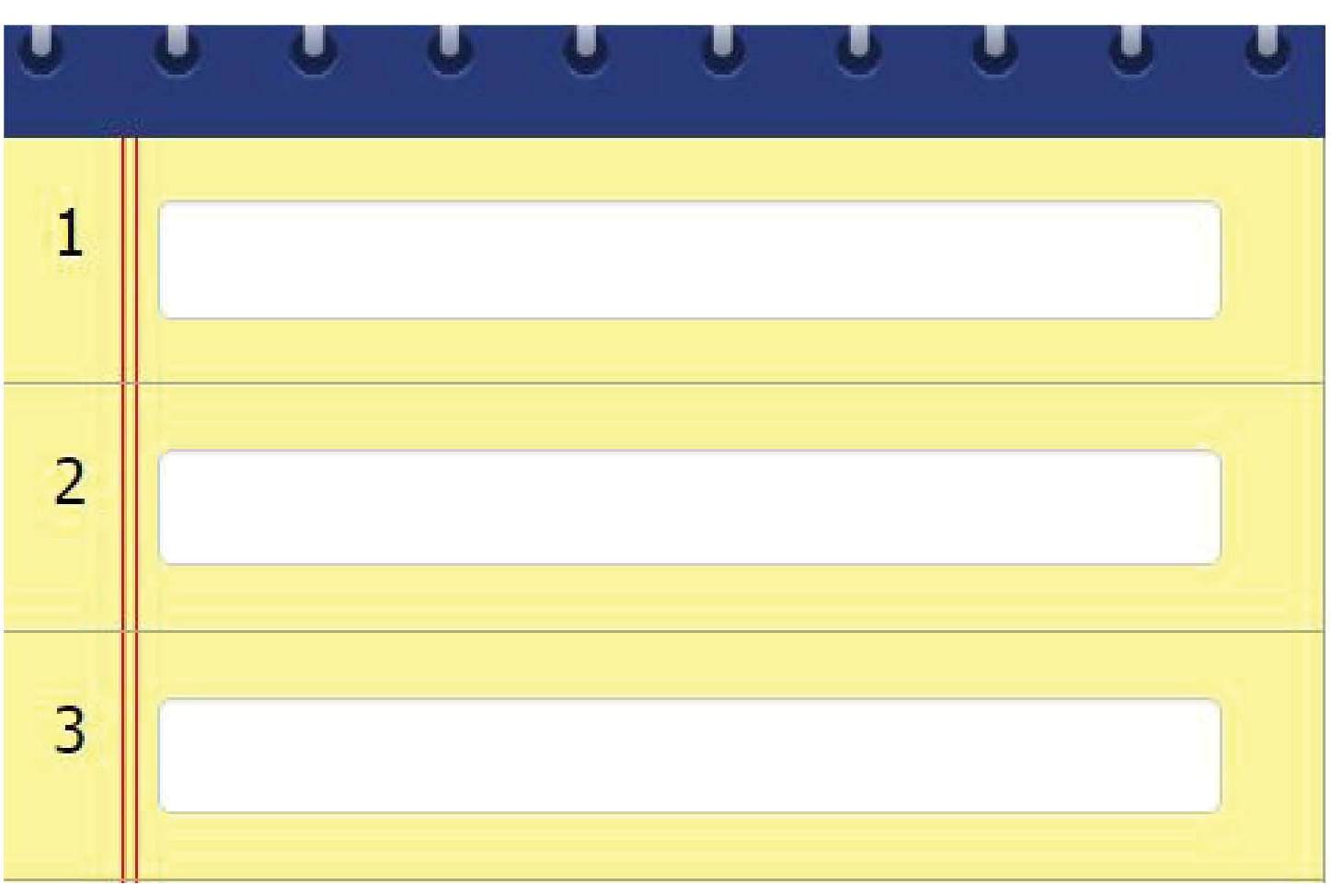
Students can practice spelling words with a computer game. Simply type in the list of the words for the week, and each game is customized to YOUR list!

Sorting is a way to categorize the features of the sounds, spellings, or meanings of words. Use the templates to do 2-, 3-, or 4-way sorts.

Students can practice writing words with visual memory by utilizing a folder and this blackline master for Look, Say, Cover, Write, Check.
Use the ABC Chart to model putting words in ABC order. This is extremely helpful when several words begin with the same letter.
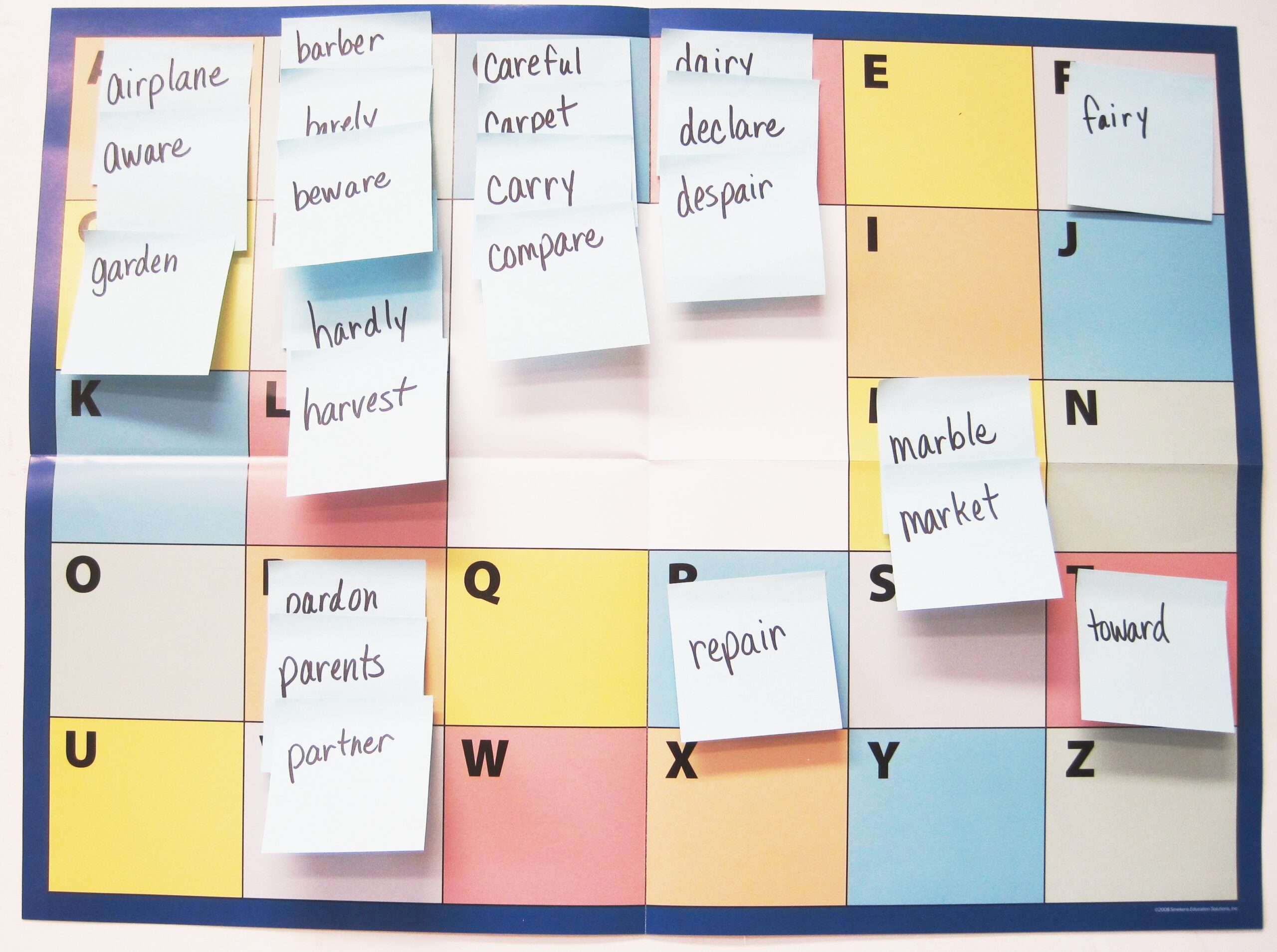
Teach students to manipulate the sticky notes on a poster to make sure the words are in correct order by checking the 2nd, 3rd, or sometimes even 4th letter to find out which word goes first.

Students can use their own paper versions of the ABC chart to list the words in ABC order after manipulating them with the word sort cards first.
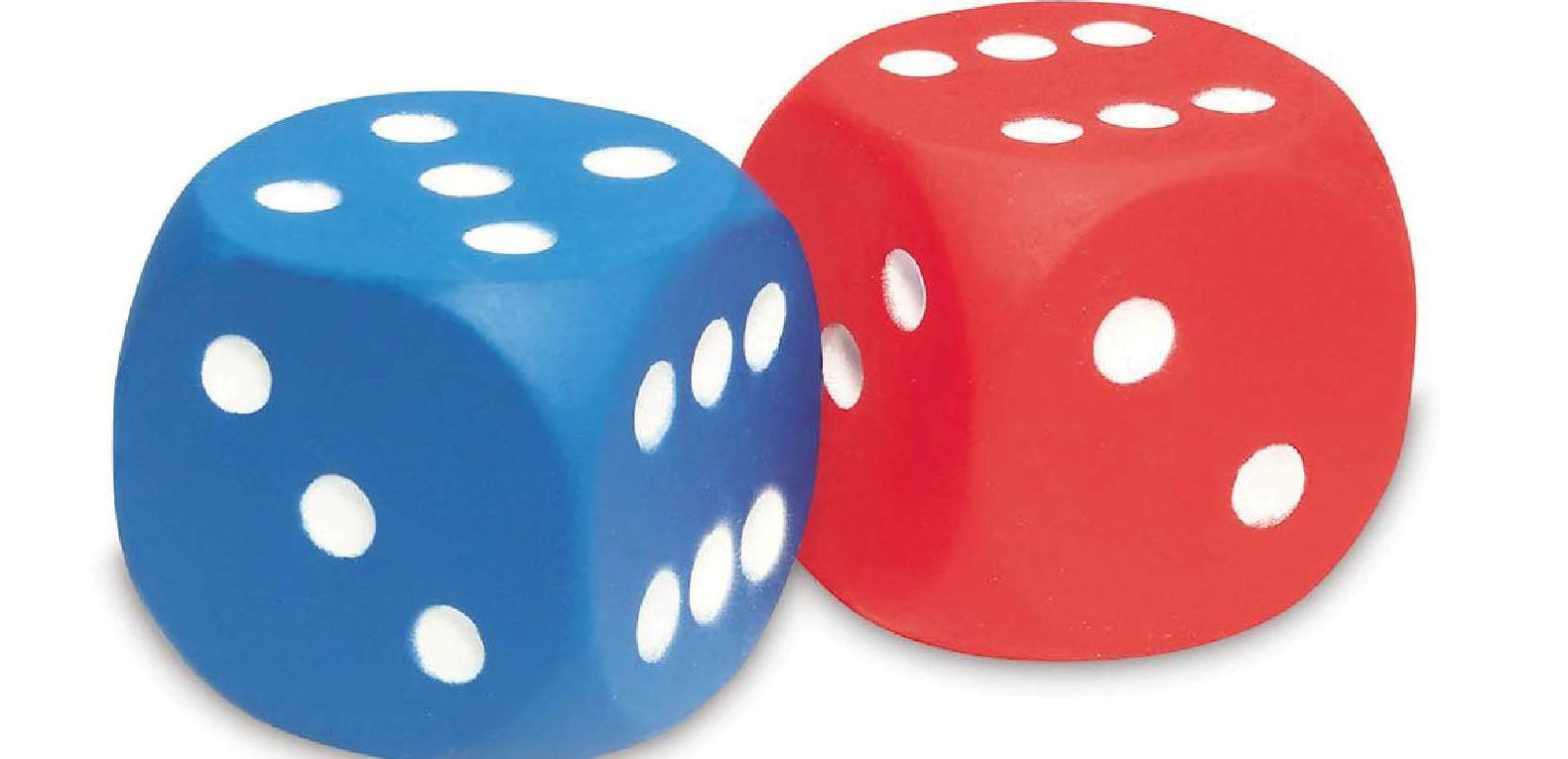
In Cubing, small groups of students take turns rolling the die to see which action to complete. Then they roll the die a second time to find out which word to use to complete the action.
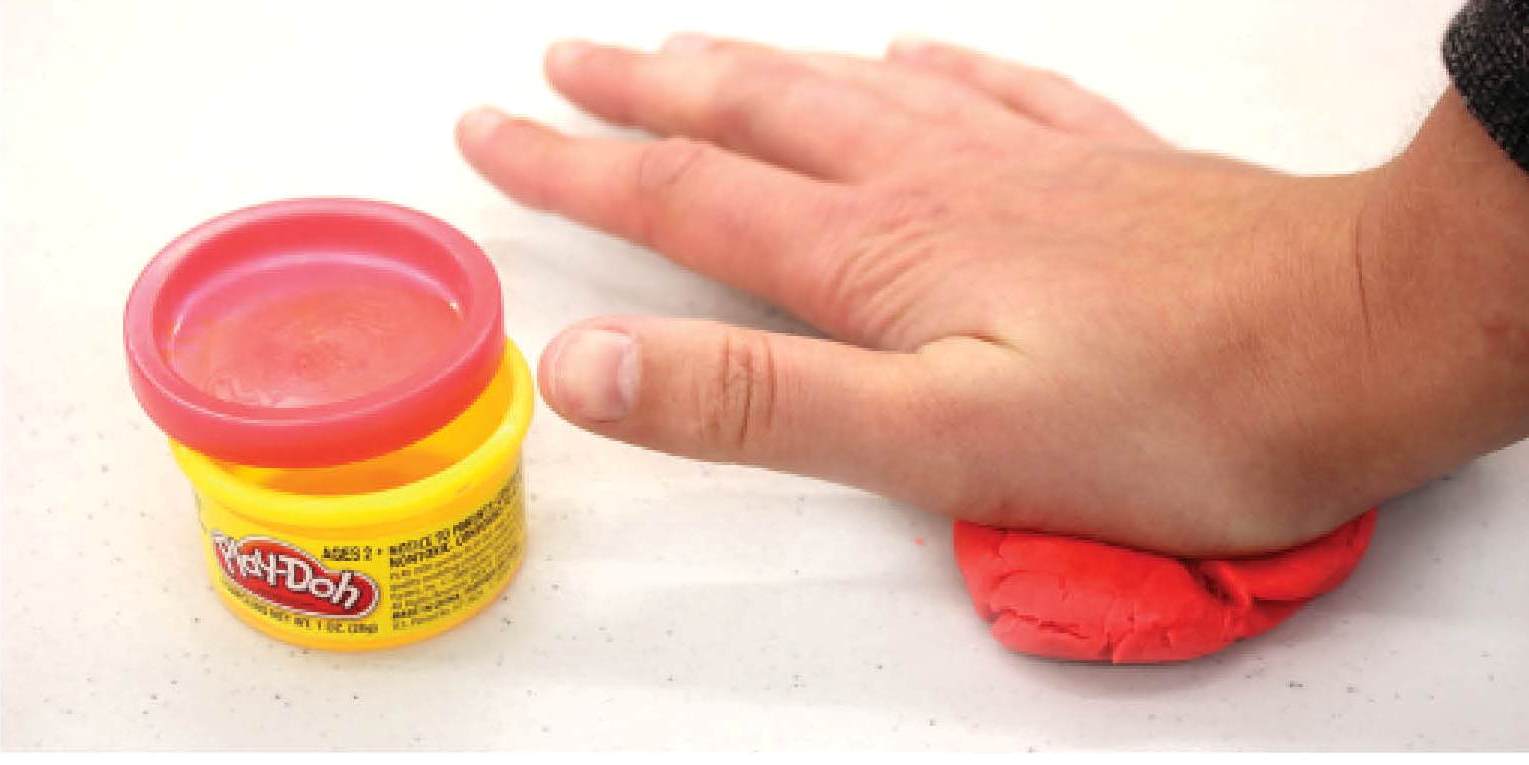
Provide students numerous opportunities to have repeated exposure to words through social interactions while focusing on meaning.
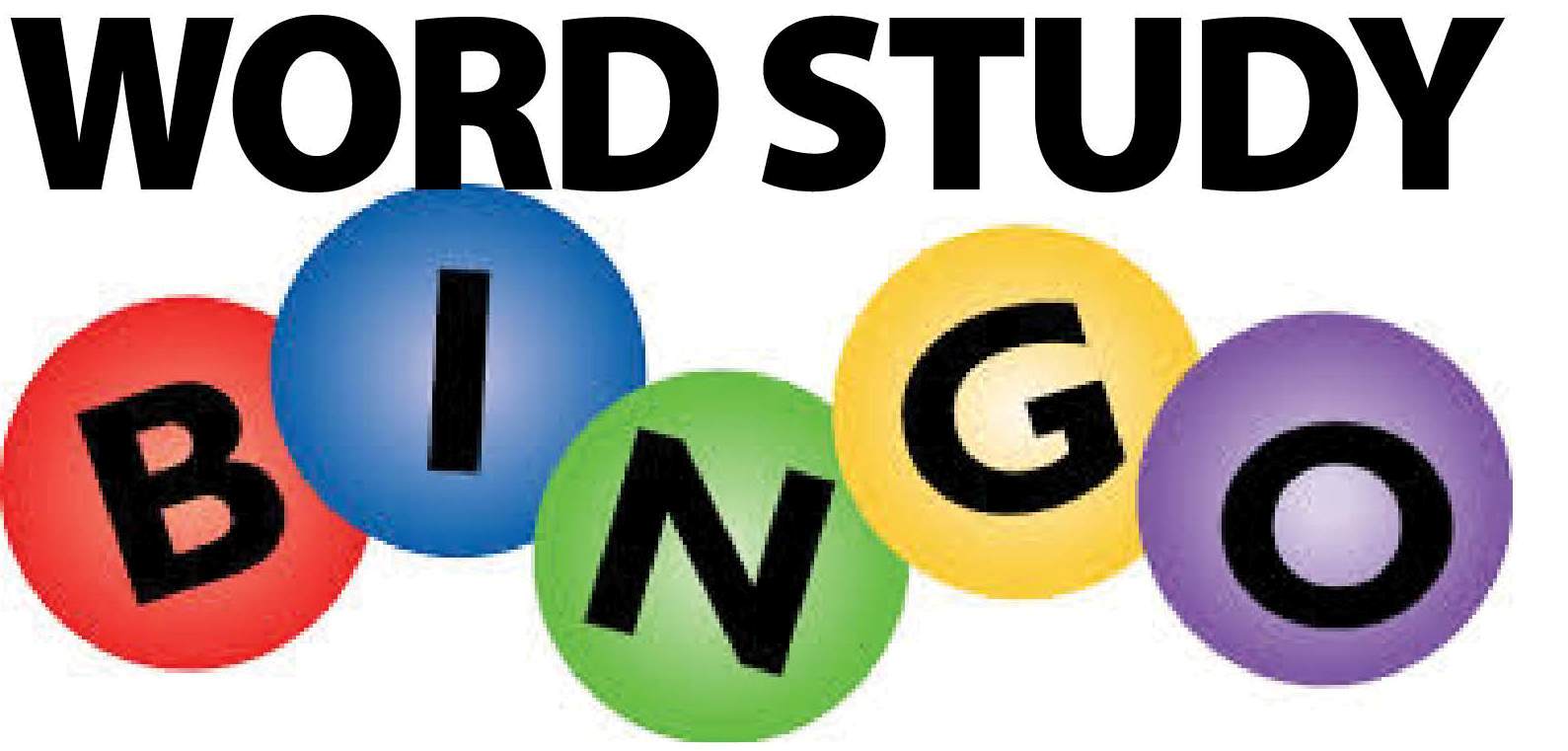
Word-Study Bingo can be used at any grade level for any type of word work.
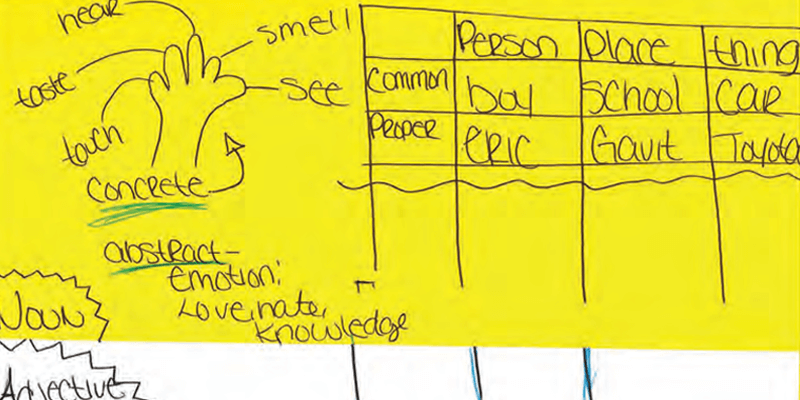
Use 3-D graphic organizers to have students document their thinking from word work or writing about the reading. See how 3-D study guides can make note-taking fun.
Consult word-work resources

